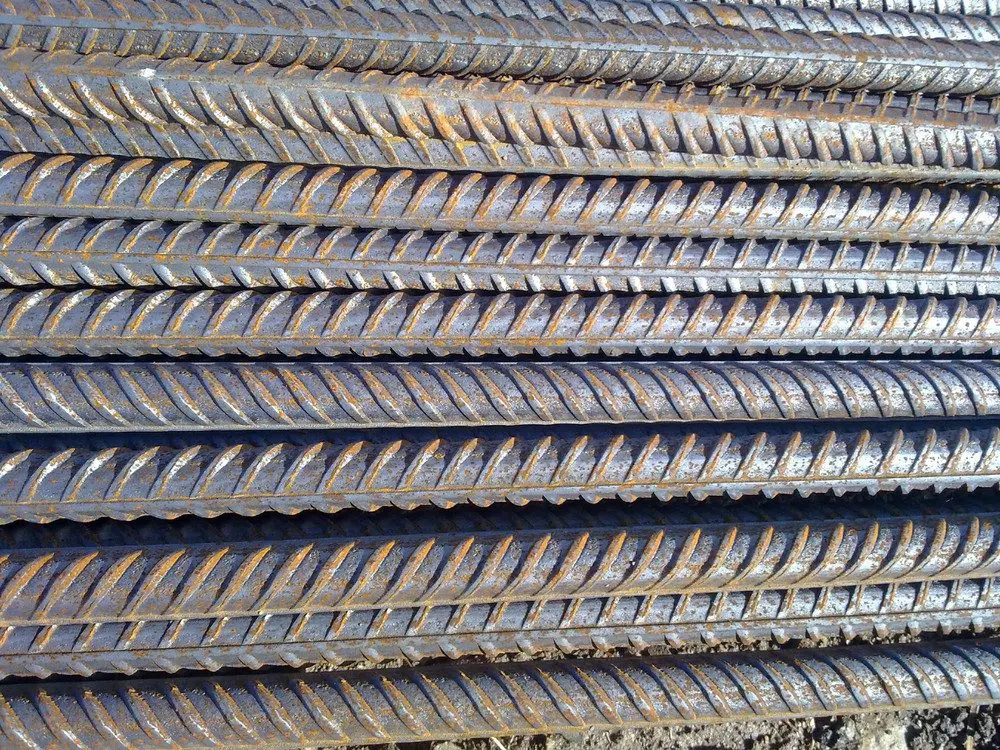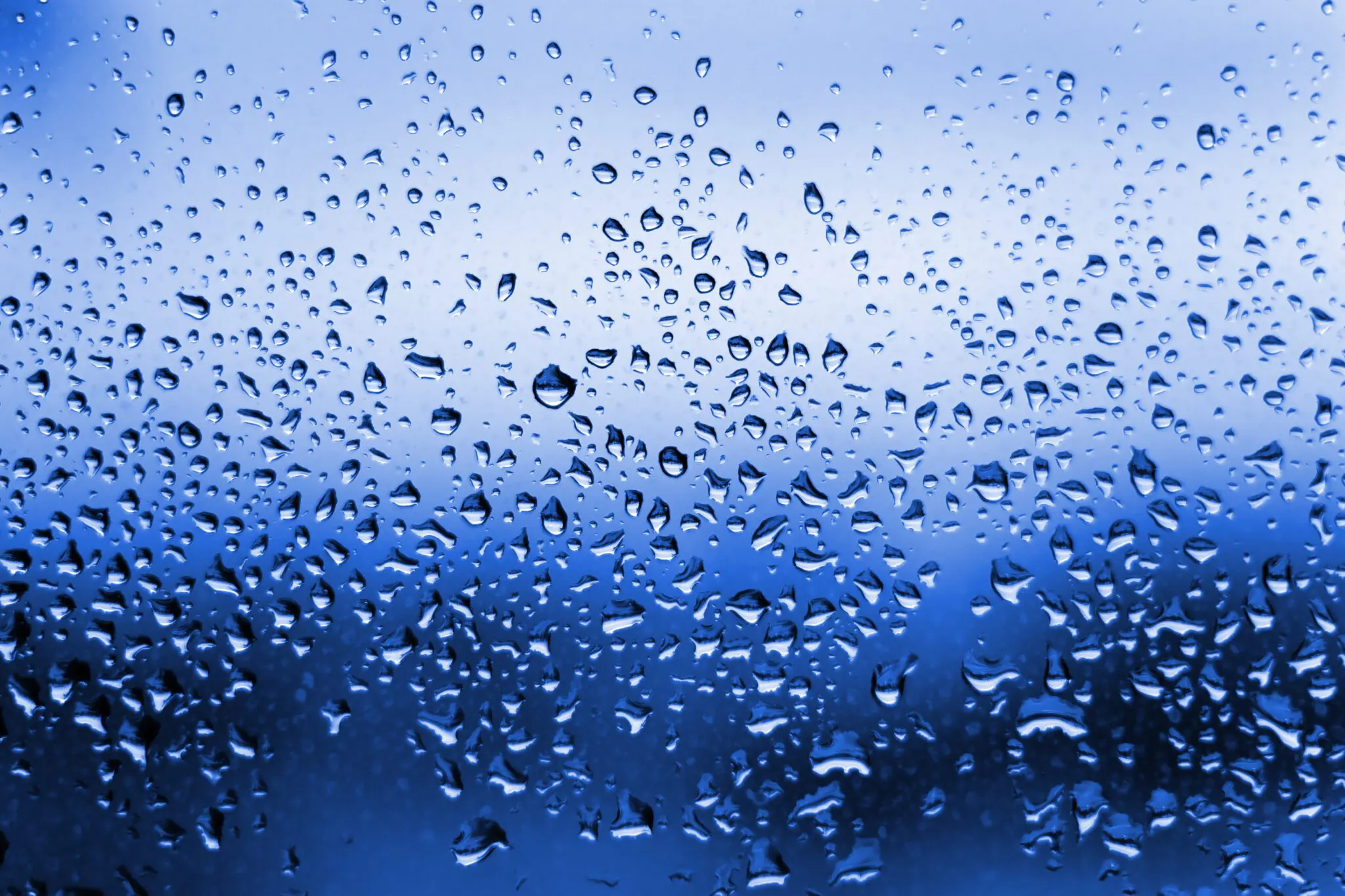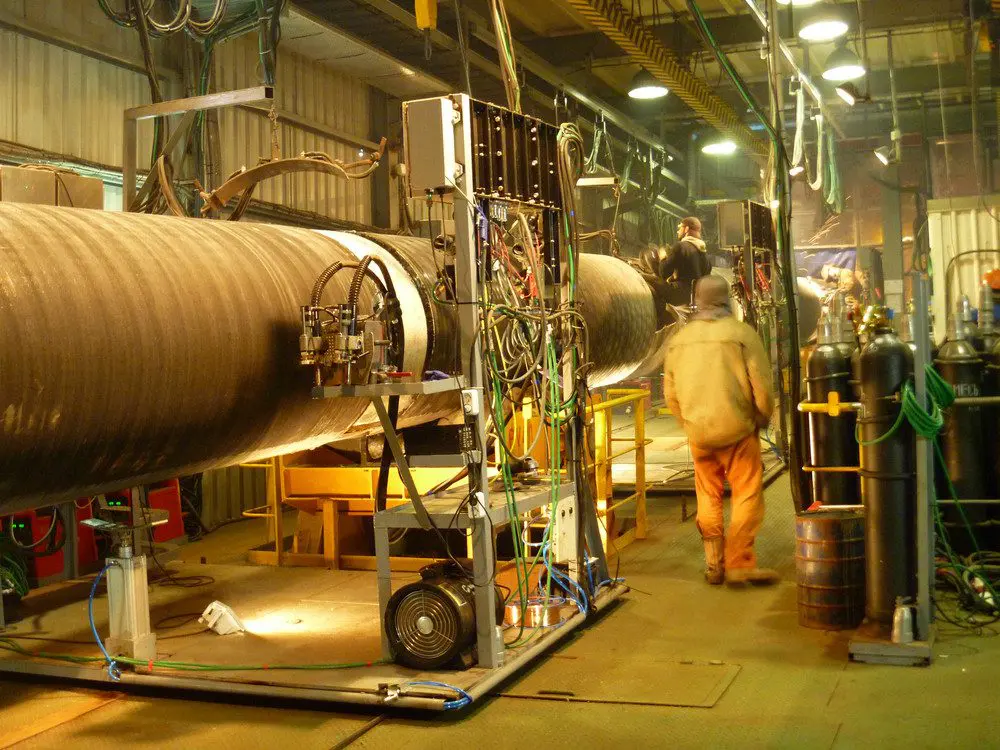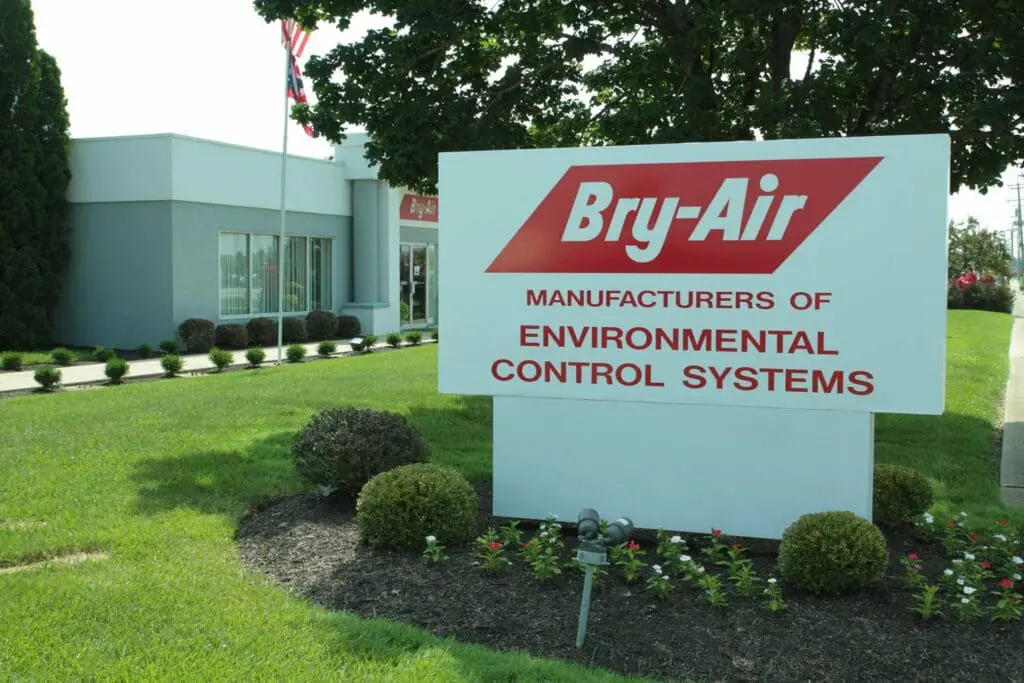Bry-Air, Inc. environmental control systems allow for consistent control to efficiently prevent the effects of humidity on products.
Powder coating is fast becoming the preferred method in many industrial and commercial applications. It is a pollution free process which offers excellent surface protection from corrosion and damage. It is essential that the air being supplied to the powder coating room be temperature and humidity controlled. Initially, the make-up air to the spray booths should be dehumidified. On occasion, it may be necessary to dehumidify the entire coating room.
The advantages of controlled dehumidification stem from the following criteria:
- Lower humidity, will provide the ideal environment for the powder particles to sustain their charge prior to impact with the surface to be painted.
- Because most powders are hygroscopic to varying degrees, humidity control will reduce agglomerate formation on the walls of the recovery duct, filters and tubing. The filter bag house will become more efficient and require less frequent attention.
The advantage of using Bry-Air, Inc. dehumidifiers on electrostatic spray systems are as follows:
- Less powder (up to 15%) will be used from two areas. First, there is no longer a loss from powder build-up and agglomerates and second, there is a much better control of film thickness.
- Control of the electrostatic field and the potential to coat the target can be more precise and require fewer daily adjustments.
- With fewer ducts, filters and tubing build-up, the recovery system can work at peak performance for longer periods of time.
- Agglomerates are formed from particles fusing together by impacting during their transit through the recovery system. Powder adhering to the duct, filters and tubing can cause flowing particles to fuse from friction and result in agglomerates. Dehumidified air will reduce the powder’s ability to adhere to the inside surfaces.
- A noticeable lack of corona build-up at the tip of the gun is caused by the reduced leakage rate across the gun anode to ground. The higher the moisture \\\’content of the air, the more corona leakage to ground, causing the powder to fuse at that point. This effect can eventually short out the gun and render the system useless.
- Transfer efficiencies can be increased by reducing the powder particles potential leakage from the time of discharge at the gun tip to target impact. The dryer the air, the less of a charge that is lost in transit, meaning that more particles are hitting the target and not going off into the recovery system.
- With dry air entering the entire recovery system, there will be less of a chance of gun build-up, agglomerates, reduced transfer efficiencies and clean-up or changing of powder colors leading to efficiency increases of up to 300%.
- The above advantages can be equated to one additional item; the man hours and loss of production saved from reduced downtime.
The applications for electrostatic powder coating are very diverse and span a wide variety of industries. These include the painting of ships and vessels, railway coaches and wagons, bus bodies and truck chassis, earth moving equipment, marine/chemical containers, heavy machinery etc…
To Download a PDF version of this case study click HERE.













